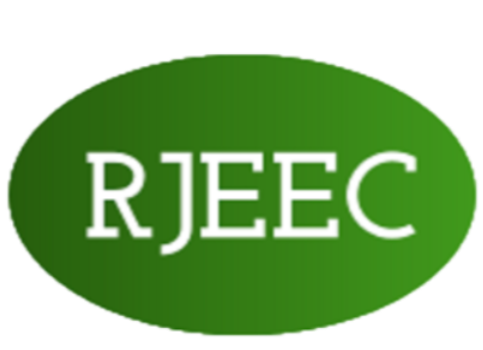
Disinfection by-products in drinking water distribution system of Bucharest City
Authors: IULIANA PAUN, FLORENTINA LAURA CHIRIAC, VASILE ION IANCU, FLORINELA PIRVU, MARCELA NICULESCU, NICOLETA VASILACHE
Keywords: disinfection by-products, chlorine, trihalomethanes, drinking water distribution system
https://doi.org/10.21698/rjeec.2021.102Chlorine is widely used in Romania and all over the world as a disinfectant of drinking water. During the chlorination process, the natural organic matter and inorganic ions react with chlorine forming disinfection by-products (DBPs). The predominant organic disinfection by-products are trihalomethanes (THMs) while the main inorganic disinfection by-products are chlorate and chlorite ions. THMs were detected in all investigated drinking water samples from Bucharest distribution system with values from 27.8 µg/L up to 75.1 µg/L, which are below the maximum concentration value admitted by Romanian drinking water legislation of 100 µg/L. Chloroform constitutes the major component in total THMs concentration found in all tested drinking water. Chlorate and chlorite anions were not detected in any of the investigated drinking water samples. THMs concentration was correlated with total organic carbon (TOC), residual chlorine and chloride.



